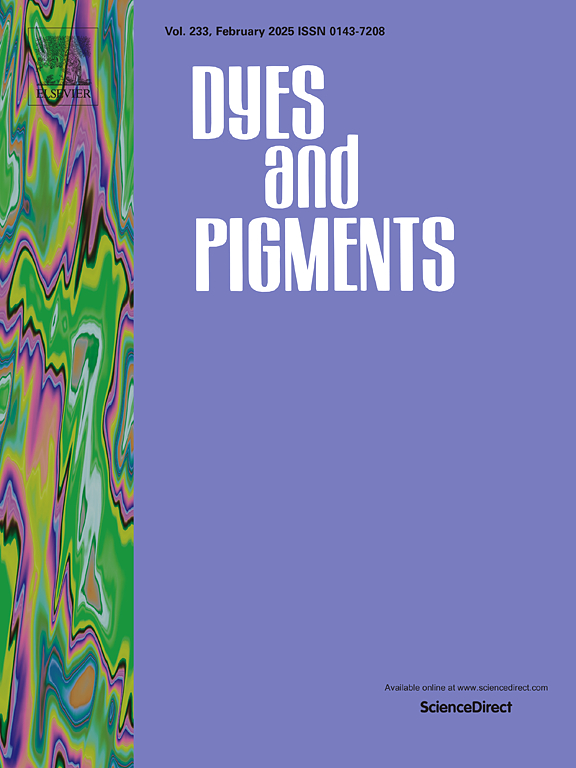Small organic molecules-based NIR agents in cancer diagnostics: New frontiers in imaging and therapy
IF 4.1
3区 工程技术
Q2 CHEMISTRY, APPLIED
引用次数: 0
Abstract
Cancer is the leading cause of death worldwide, with millions of new cases and fatalities reported each year. Early detection plays a critical role in improving treatment outcomes and survival rates, as it allows for timely intervention and more effective therapies. Traditional diagnostic methods often face limitations in sensitivity, specificity, and the ability to detect tumors at an early stage. Therefore, there is a growing need for advanced diagnostic tools that can offer higher precision and earlier detection of cancer. In this regard, Near-Infrared (NIR) imaging has emerged as a promising technique, offering non-invasive, real-time, and high-resolution imaging capabilities for tumor visualization. Small organic molecules-based NIR agents have recently garnered attention in the field of cancer diagnostics due to their superior biocompatibility, tunable properties, and ability to penetrate deeper into tissues. These agents, including various organic fluorophores, that are designed to enhance the sensitivity and specificity of cancer imaging, enabling the detection of smaller tumors that are otherwise challenging to identify. This review aims to provide an overview of the latest advancements (2020–2025) in small organic molecules-based NIR agents for various cancer diagnosis, focusing on their development, applications, and potential for clinical use. By examining key innovations in this area, this article seeks to highlight the impact of small organic molecules-based NIR agents on the future of cancer theranostics.
求助全文
约1分钟内获得全文
求助全文
来源期刊

Dyes and Pigments
工程技术-材料科学:纺织
CiteScore
8.20
自引率
13.30%
发文量
933
审稿时长
33 days
期刊介绍:
Dyes and Pigments covers the scientific and technical aspects of the chemistry and physics of dyes, pigments and their intermediates. Emphasis is placed on the properties of the colouring matters themselves rather than on their applications or the system in which they may be applied.
Thus the journal accepts research and review papers on the synthesis of dyes, pigments and intermediates, their physical or chemical properties, e.g. spectroscopic, surface, solution or solid state characteristics, the physical aspects of their preparation, e.g. precipitation, nucleation and growth, crystal formation, liquid crystalline characteristics, their photochemical, ecological or biological properties and the relationship between colour and chemical constitution. However, papers are considered which deal with the more fundamental aspects of colourant application and of the interactions of colourants with substrates or media.
The journal will interest a wide variety of workers in a range of disciplines whose work involves dyes, pigments and their intermediates, and provides a platform for investigators with common interests but diverse fields of activity such as cosmetics, reprographics, dye and pigment synthesis, medical research, polymers, etc.
 求助内容:
求助内容: 应助结果提醒方式:
应助结果提醒方式:


